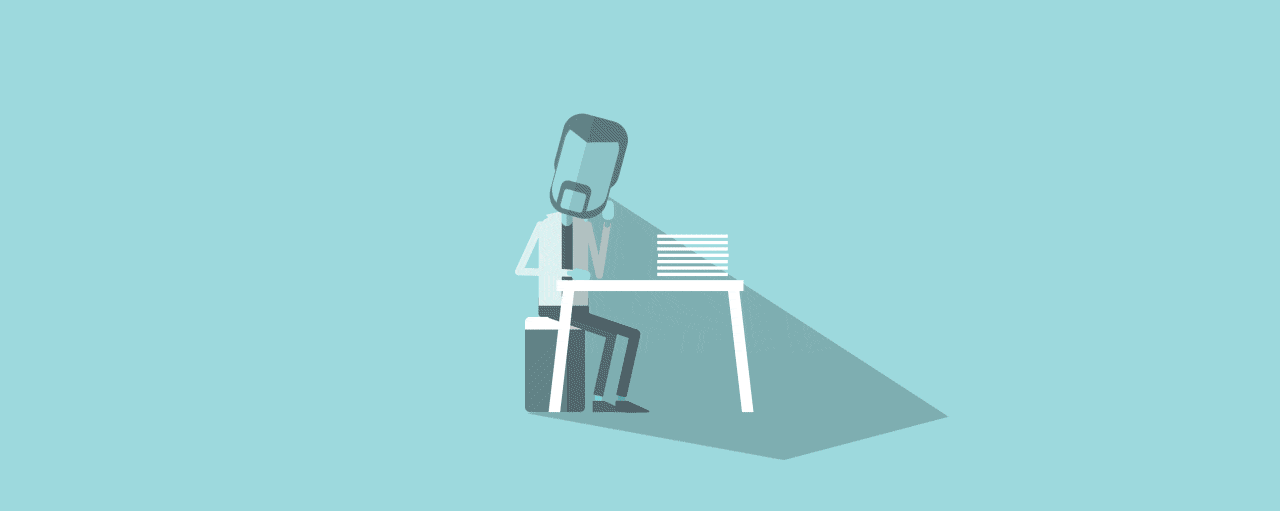Great news! As an HR pro you’ve presented your business case to company top dogs and got the go-ahead for a new HR technology solution. Or perhaps the CEO identified a business need and asked you to find an HR solution.
Either way, you have the chance to bring increased efficiency to your HR department and show the value that HR technology can bring when tools and practices are aligned to meet company needs.
When it’s time to plan, there are a few questions to answer as you prep to identify a solution and move forward with implementation.
1. How will you define success?
What is your reason for deploying new a new HR solution? Maybe your business is growing and your current systems are out of date or won’t be able to scale for growth. Perhaps you’re initiating a new talent strategy and technology will help with organizational change. Whatever the reason technology can help you take plans and strategies and put them into action.
One of the easiest signs of success is determining if the technology implementation is completed on time and within budget. It’s also important to define success as something that has met your primary business need. With an HR solution implementation, this could mean eliminating redundant data entry or providing a more streamlined and interactive onboarding experience for new hires. If you track your current efforts, such as the number of hours human resource management spend completing administrative tasks associated with hiring a new employee, you will then be able to evaluate the success post-implementation. You can evaluate your success from both a productivity and financial savings standpoint.
2. What do you need to measure?
In addition to measuring time and cost savings another key outcome to track is user engagement. As you plan for implementation and rollout make sure to outline steps for measuring user (employee) adoption of the HR solution. Take the time to think about the behaviors and outcomes you want from users of the new system and make sure you customize your roll out and user training to meet these needs. Your goal should be to get your users to not merely “accept” the new system but to “love” using it!
Tweet: Get your users to not merely accept the new HR solution but to love using it. @HRCloud
You will also want to review your current efforts so that you can track benefits realized in the future. This may include things like effectiveness of the system to manage data, ease of handling transactions, and system alignment with employee and organizational performance objectives.
Think about this fairly common scenario. When a new employee joins your organization he may have goals for completion of safety training or meeting with key stakeholders by a specific date. If you have a goal of ensuring these steps of the onboarding process get completed faster, an HRMS solution can help you drive these behaviors and track improvements. When delivered via a technology portal these “must-do-steps” remain front-and-center for the new employee while the HR team can track progress and measure improvements realized based on historical data.
3. How should you determine timelines?
Determining a timeline for the launch of new HR technology will, of course, depend on a number of factors including the availability of internal resources and the ability to coordinate the schedules of implementation team members. Prep and planning are key. Devote enough time and attention to the cleansing of existing data before migration. Plan for training and user adoption. Take this opportunity to review and evaluate your existing processes.
The implementation of a new technology provides you with a fantastic opportunity to review your current practices. Eliminate irrelevant or outdated processes, and design new ones that will align with your strategic objectives. For example, when streamlining your new hire process you may find that you can eliminate some redundancies. Just because it’s “always been done that way” doesn’t mean it aligns with today’s objectives!
4. What do your leaders expect?
The implementation and effective use of HR software is a time for the HR team to shine. With the right solutions you have the opportunity to not only streamline your processes and simplify daily tasks but are now able to free yourself up for a deeper dive into organizational strategy work. Deloitte’s report “Global Human Capital Trends 2015: Leading in the New World of Work” highlighted the need for HR professionals to upskill their capabilities in technology as they move towards a more robust use of data. It’s what leaders expect.
Moving forward with technology means that HR professionals can
1. Automate their administrative responsibilities,
2. Enhance accessibility for employees, and
3. Align HR outcomes with business strategies.
That’s a win!
Keep Reading
Retention Reset: How to Keep Your Best Talent in 2025
More employees are walking away from their jobs in 2025 not just for better pay, but for
Remote Onboarding Done Right: A Step-by-Step Guide for HR Teams
Remote onboarding is the process of welcoming new employees who work from home or


